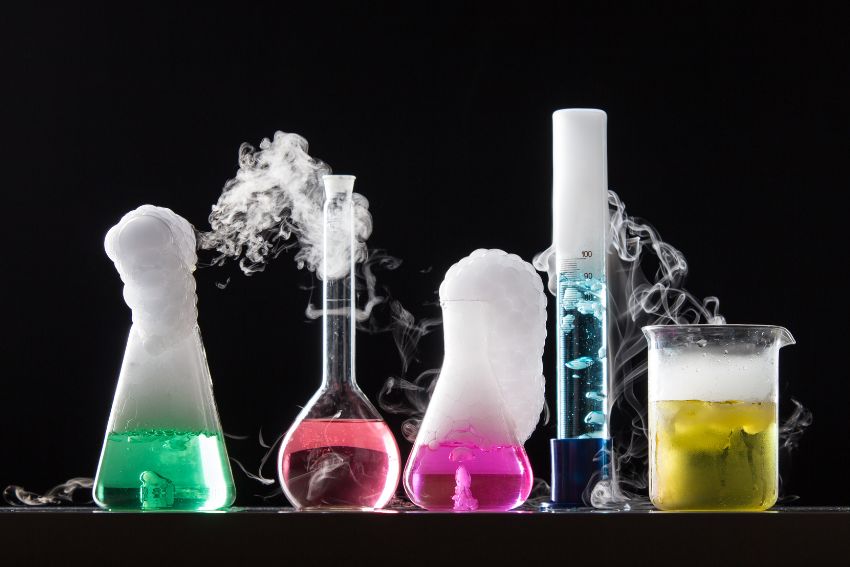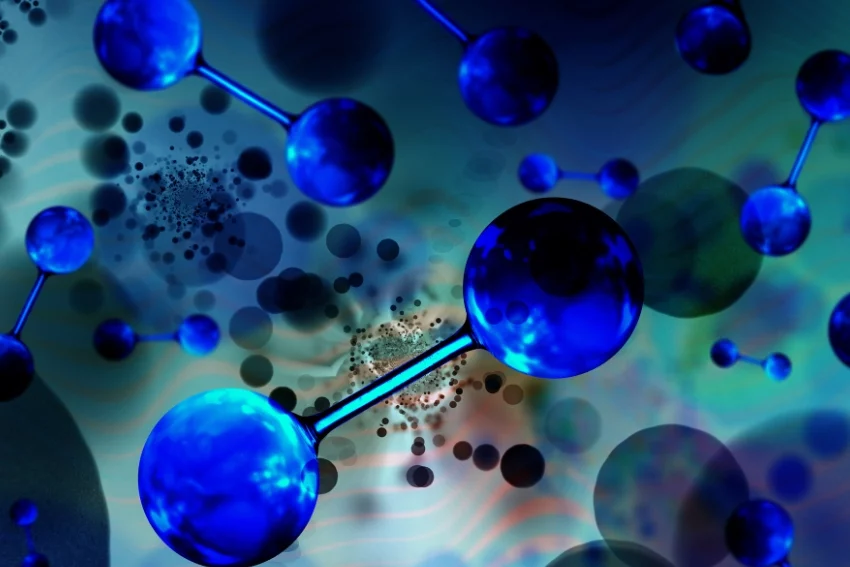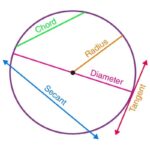The Reactivity Series of Metals – GCSE Chemistry
The reactivity series of metals is a key concept in GCSE Chemistry. It ranks metals from the most to the least reactive. This helps us predict how metals will react with water, acids, and other substances. Understanding this series is key to learning topics like displacement reactions and metal extraction.
In this blog, we’ll explore the reactivity series in detail. You’ll learn how it helps explain chemical reactions and why it matters in daily life. Let’s explore metals and their reactivity!
Understanding the Reactivity Series
The reactivity series is a list of metals arranged in order of their reactivity. Specifically, it shows which metals react quickly and which are less reactive. For example, at the top of the series, you’ll find highly reactive metals like potassium, sodium, and calcium. In contrast, at the bottom, less reactive metals like gold, silver, and platinum are listed.
This hierarchy exists because the ranking is based on how easily metals lose electrons to form positive ions. Notably, metals at the top lose electrons quickly, making them more reactive. Meanwhile, those at the bottom are more stable and less likely to react.
The series also includes two non-metals: carbon and hydrogen. These act as benchmarks. For example, metals above hydrogen in the series react with acids to produce hydrogen gas.
The reactivity series helps us predict how metals will behave in reactions. For instance, a more reactive metal can displace a less reactive metal from its compound. This knowledge is key to understanding chemical reactions. It also helps explain processes like metal extraction.
Mnemonic Devices for Memorising the Reactivity Series
Memorising the reactivity series can be tricky, but mnemonic devices make it easier. These are fun phrases that help you remember the order of metals in the series. Here’s an example:
“Please Stop Calling Me A Careless Zebra Instead Try Learning How Copper Saves Gold.”
This corresponds to:
- Potassium
- Sodium
- Calcium
- Magnesium
- Aluminium
- Carbon
- Zinc
- Iron
- Tin
- Lead
- Hydrogen
- Copper
- Silver
- Gold
You can also create your own mnemonic to suit your learning style. The sillier or more personal the phrase, the easier it is to recall.
Using these devices not only helps in exams but also strengthens your understanding of metal reactivity. The next time you’re revising, give these a try and see how much faster you remember the reactivity series!
Reactions of Metals with Water

Metals react with water at different rates, this, however, depends on their position in the reactivity series. For instance, reactive metals like potassium, sodium, and calcium react vigorously, often producing heat and hydrogen gas. On the other hand, less reactive metals like zinc and iron react more slowly. Finally, some metals, such as gold, do not react at all.
The reactivity of a metal determines how it behaves with water. Understanding these reactions is crucial for predicting chemical behaviour and their practical applications, such as metal corrosion and hydrogen production.
Here’s a general equation for the reaction of metals with water:
Metal + Water → Metal Hydroxide + Hydrogen
Examples of Reactions
Potassium and Water: Potassium reacts explosively with water, producing potassium hydroxide and hydrogen gas. The reaction generates heat, often igniting the hydrogen.
2K + 2H2O → 2KOH + H2Sodium and Water: Sodium reacts vigorously, forming sodium hydroxide and hydrogen gas. It produces enough heat to make the metal appear to “dance” on the water’s surface.
2Na + 2H2O → 2NaOH + H2
Calcium and Water: Calcium reacts less violently, producing calcium hydroxide and hydrogen gas. The reaction is noticeable but not as intense.
Ca + 2H2O → Ca(OH)2 + H2No Reaction with Water:
Metals like copper, silver, and gold don’t react with water. Furthermore, They are found at the bottom of the reactivity series and are considered stable in such conditions.
Reactions of Metals with Acids
When metals react with acids, they produce a salt and hydrogen gas. The speed and intensity of the reaction depend on the metal’s position in the reactivity series. Highly reactive metals like potassium and sodium react explosively, while less reactive metals like zinc and iron produce a slower reaction. Metals like gold and silver do not react with acids at all.
The reactivity of a metal with acids, therefore, demonstrates its position in the reactivity series. Moreover, this knowledge is valuable for predicting reactions and understanding processes like metal extraction and corrosion.
Here’s the general equation for the reaction of a metal with an acid:
Metal + Acid → Salt + Hydrogen
Examples of Reactions:
Magnesium and Hydrochloric Acid: Magnesium reacts quickly with hydrochloric acid, producing magnesium chloride and hydrogen gas. The reaction often creates bubbles as the gas is released.
Mg + 2HCl → MgCl2 + H2
Zinc and Sulphuric Acid: Zinc reacts moderately with sulphuric acid, forming zinc sulphate and hydrogen gas.
Zn + H2SO4 → ZnSO4 + H2Iron and Hydrochloric Acid: Iron reacts slowly with hydrochloric acid, forming iron(II) chloride and hydrogen gas.
Fe + 2HCl → FeCl₂ + H₂No Reaction with Acids
Metals like copper, silver, and gold are, therefore, unreactive with acids. As a result, these metals are often used in jewellery and coins since they do not corrode easily.

Displacement Reactions and the Reactivity Series
Displacement reactions occur when a more reactive metal replaces a less reactive metal from its compound. These reactions demonstrate the power of the reactivity series in predicting chemical behaviour.
How Displacement Reactions Work
A displacement reaction follows this pattern:
More Reactive Metal + Metal Compound → New Compound + Less Reactive Metal
The more reactive metal pushes out the less reactive one because it forms positive ions more easily.
Example:
Zinc + Copper Sulphate → Zinc Sulphate + Copper
Zn + CuSO₄ → ZnSO₄ + Cu
Here, zinc is more reactive than copper, so it displaces copper from copper sulphate.
Key Examples of Displacement
- Magnesium and Copper Sulphate:
Magnesium displaces copper due to its higher reactivity.
Mg + CuSO₄ → MgSO₄ + Cu - Iron and Copper Sulphate:
Iron displaces copper to form iron(II) sulphate.
Fe + CuSO₄ → FeSO₄ + Cu - No Reaction Example:
Copper and zinc sulphate: Copper cannot displace zinc as it is less reactive.
Observations in Displacement Reactions
- The less reactive metal forms a solid deposit.
- The solution’s colour may change depending on the displaced metal. For example, copper sulphate (blue) becomes colourless when zinc displaces copper.
Importance of Displacement Reactions
- Learning Metal Reactivity: These reactions confirm the positions of metals in the reactivity series.
- Industrial Applications: Displacement is used in processes like metal extraction and recycling.
Quick Tip
If you’re unsure about a reaction, check the reactivity series! A metal will only displace another if it’s higher up the series.
Displacement reactions, therefore, are a fascinating way to see the reactivity series in action. Moreover, they offer valuable insights into chemical behaviour and, consequently, real-world applications.
Conclusion
The reactivity series of metals is a key idea in chemistry. Furthermore, it helps us understand how metals react in different situations. In addition, you can use it to predict reactions, learn about displacement, and understand how metals are extracted. Therefore, this concept is essential for GCSE Chemistry. With clear understanding and consistent practice, you can, indeed, solve even the hardest exam questions with confidence.
If you need extra support with GCSE Chemistry, Edumentors can help. Our expert tutors offer personalised lessons to improve your knowledge of the reactivity series and other key topics. Whether you need help with revision or tricky problems, our tutors are here to guide you at every step.








